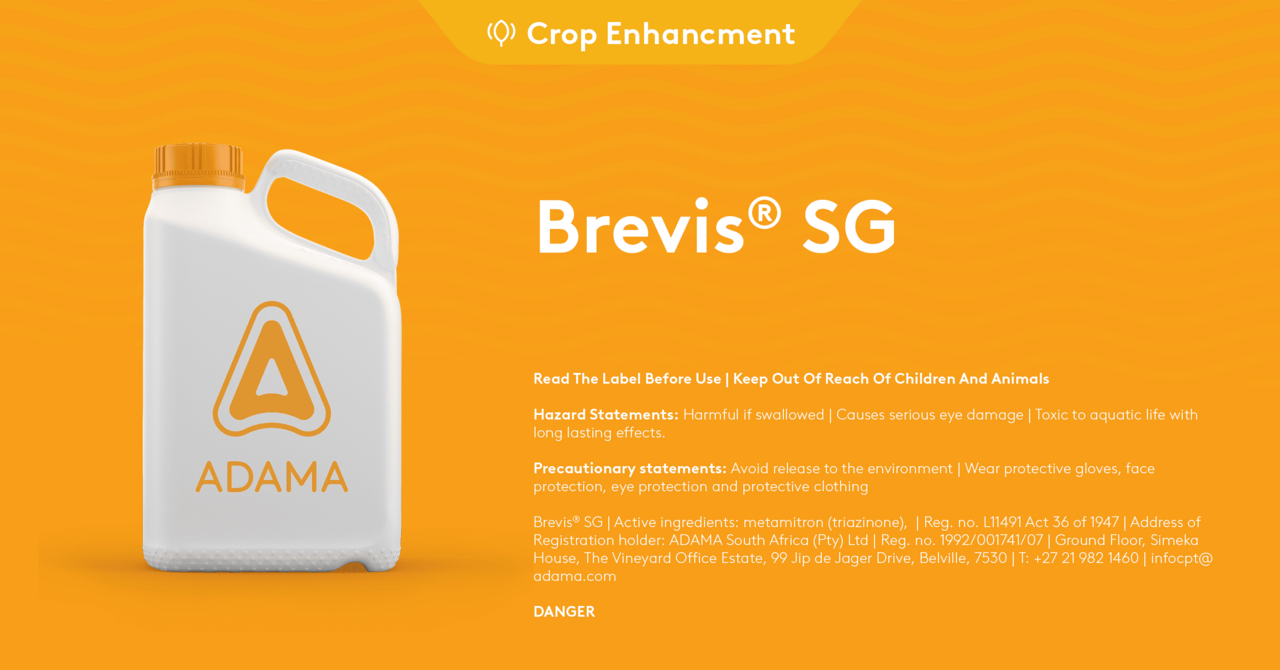
Thinning in Apples and Pears

The sight of pear trees and apple trees in blossom often marks the start of early spring. While a blossom-filled tree might look pleasing, once the fruitlets begin to grow, thinning is necessary for optimal quality and for the overall long-term health of the tree. Simply put, when growing fruit trees, “thinning” refers to the process whereby fruitlets are removed from the tree, either by hand or by means of the application of growth inhibitors in the early fruiting stage of growth.
Why is thinning important?
Thinning out of fruitlets is an essential aspect of growing fruit trees as it safeguards the quality of the season’s fruit and protects the tree itself, ensuring its health and longevity. Primary reasons for thinning include:
- Reducing the load on the branches, thereby preventing stress and breakage as the fruits grow and increase in mass.
- Preventing damage to the tree that could result in entry points for diseases, parasites and fungi.
- Improved growth potential and quality of the individual fruit.
- Better development of buds for the next season leading to more consistent yields.
While thinning is not a guarantee of a good yield, the remaining fruit will have more access to resources, space for growth, better airflow and a lower risk of infection and infestation. Trees that are effectively thinned are also less likely to develop biennial fruiting bearing patterns. This pattern of bearing is not financially sustainable and places an unnecessary burden on the tree during the fruit bearing years.
Thinning methods
There are various methods used to thin pear and apple fruitlets. While the timing may depend on local conditions and aspects such as weather patterns and topography, mechanical thinning often coincides with the tree’s natural drop of early stage fruitlets.
Tree shaking is not usually sufficient – hand-thinning and chemical thinning are more effective solutions. Hand-thinning is a labour-intensive process and requires manually removing fruitlets within developing clusters using shears or secateurs. The benefit of this time consuming process is that there is the opportunity to inspect the fruits and thin those that are malformed or misshapen within each cluster.
The alternative to this process is chemical thinning and this is where products such as Brevis® SG can be helpful. Other plant growth regulators containing synthetic auxins or carbaryl, for example, can also be considered for thinning, but may not be registered for use on the same cultivars.
What is Brevis® SG?
Brevis® SG is a photosynthetic inhibitor, has a wide window of application and less temperature dependency than other chemical thinners. This unique water-soluble granular plant-growth regulator offers precise fruit thinning for specific apple and pear cultivars.
Brevis® SG essentially mimics shading, inhibiting photosynthetic processes, which in turn results in lower carbohydrate production by the tree. As a result, the lower supply of carbohydrates causes weaker sinks like smaller fruits to be abscessed which results in enhanced fruit drop, particularly of excessive undersized fruitlets. Brevis® SG thins within a cluster, leaving the bigger fruit intact. After a few days, the product is no longer active and normal photosynthesis resumes.
The product should be applied during the period from the end of flowering up to a maximum fruit size of 18mm diameter. For optimum uptake, it should not be applied to wet leaves but is rainfast within two hours of application.
Which cultivars is Brevis® SG suitable for?
Brevis® SG can be used for the following cultivars of apple and pear, including some that are difficult to thin:
Apples:
- Royal Gala
- Golden Delicious
- Fuji
- Cripps Pink
- Granny Smith
- Braeburn
Pears:
- Abate Fetel
- Forelle
- Early Bon Chretin
- Flamingo
Several independent trials of BREVIS have demonstrated consistent and reliable thinning results when compared to traditional thinners.
It is essential to read the comprehensive directions for use on the label. Mixing BREVIS® SG with any other plant growth regulators, fungicides, boron and any adjuvants or insecticides is not recommended and it should be noted that the product can be applied a maximum of twice per growing season.
Additional factors including but not limited to the size of the previous year’s crop, tree age, winter chilling, cultivar, soil type, strong or weak flowering, and excessive shading in the lower part of the tree should always be considered.
Always read the warnings and directions on the label and follow these with care. Alternatively, contact your ADAMA field team for more information.
Brevis® SG - Active ingredients: Calcium formate, Metamitron, Sucrose, Alcohols, C11-14-iso-,C13-rich, ethoxylated (7-15 EO) | Registration number L11491 referencing Act/Wet 36 of/van 1947 | Address of Registration holder: 99 Jip de Jager Drive, The Vineyards Office Estate, Simeka House | De Bron 7530, South Africa
CAUTION: This product is harmful if swallowed and can cause serious eye damage. If swallowed or on exposure to eyes, rinse with cool water and seek medical help. Toxic to aquatic life, with long-lasting effects.



